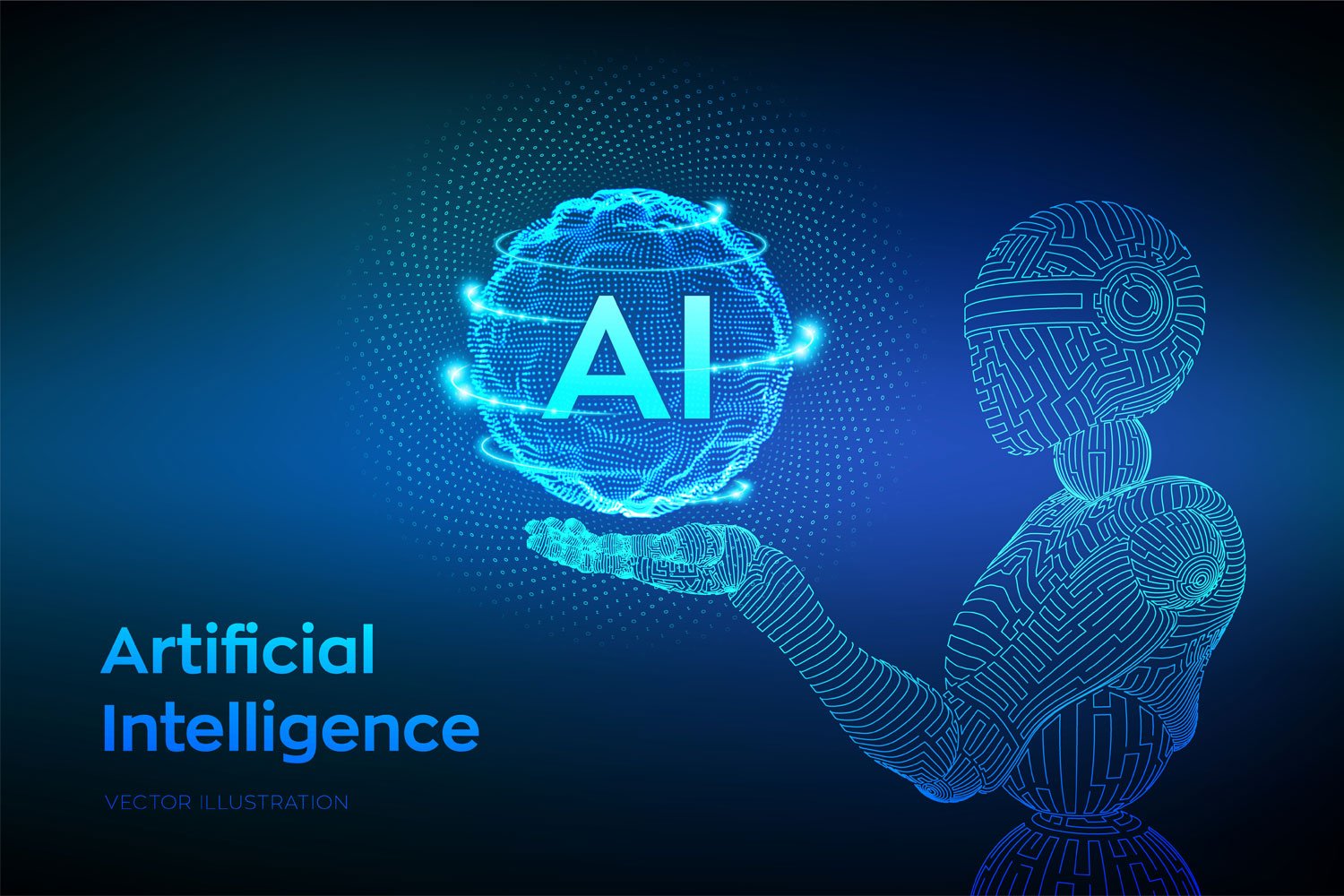Artificial Intelligence embraces different technologies such as machine learning, natural language processing, sentinel analysis, among others, and becomes an integral part of our lives.
Its applications can be seen in almost all areas including education. AI has opened new doors for education and learning by completely changing the way the education is delivered and learning is done. Artificial Intelligence replaces the traditional methods of teaching with new convenient learning methods that are accessible to everyone and everywhere. The teacher’s delivery of lectures is shifted from blackboard to online learning platform where students and teachers can use digital tools and technologies to collaborate.
Teachers can help students to engage in learning in a much better way as learning is not confined to the boundaries of classrooms. AI enables personalized and adaptive learning by developing learning material for all the students whether they are intelligent, average or below average. For example, Cram101 can help students by providing digitize textbooks for students of all ages and grades. It creates customized learning material in the form of digital interfaces. Another example of the use of AI technology can be taken from Rice University which is using adaptive digital textbooks developed by the OpenStax project that enables biology and physics textbooks to provide additional questions and practice sessions if the system detects that a student is having difficulty with a topic. The system also automatically determines when to give quizzes to students based on the material that they’ve already studied.
IBM and Microsoft also introduced tools that use machine learning technology that helps students in performing complex tasks. IBM introduced the Watson Analytics tool and Cognos Analytics that relies on natural language processing to answer all questions related to the data it possesses. Similarly, Microsoft’s Azure Machine Learning service uses a drag-and-drop feature to solve problems. The new smart search function in Google’s G Suite for Education apps allows the students and educators to use the “explore function” in Google Sheets to write complex formulas without the need to type them. The tool will translate a question into a spreadsheet formula using natural language processing. There are many more examples where the application of AI technologies can be explored. According to eSchool News reports, the use of AI technologies, such as machine learning, natural language processing, sentinel analysis, etc, in the education sector will grow by 47.5 percent through 2021. Therefore, AI is coming to our classrooms as a tool, not as a replacement for teachers.

